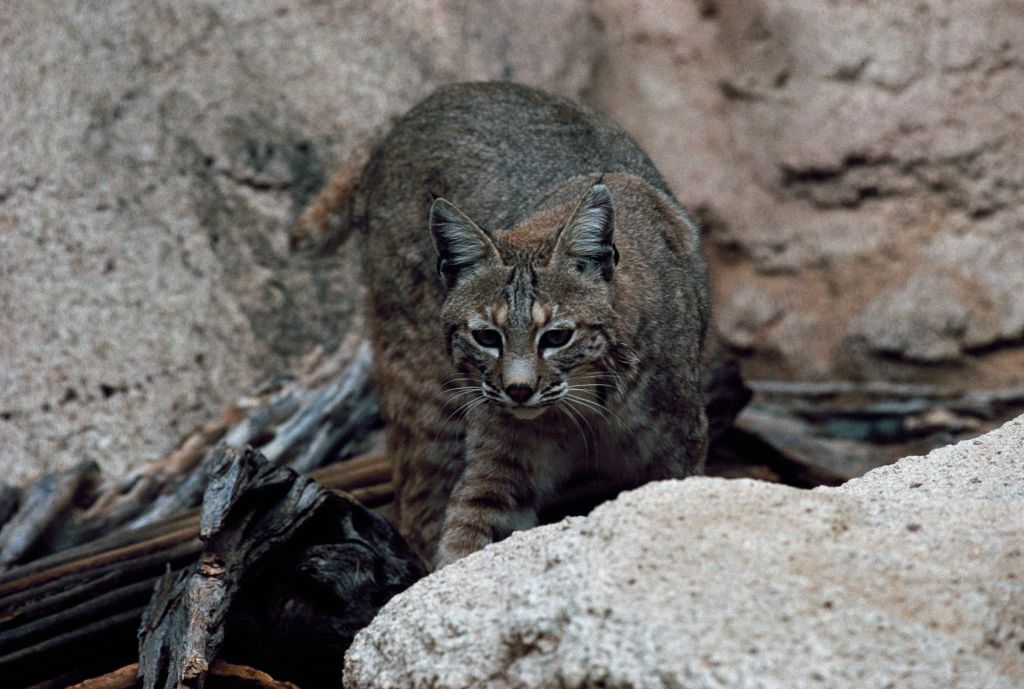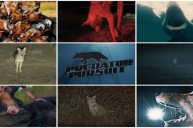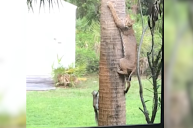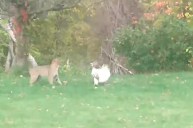Bowhunter Tim Wells was in the desert targeting bobcat and coyote on a seemingly uneventful day when he got a claw to the nose.
His video, posted on YouTube, starts out with Wells at his truck, having discovered a bobcat track on a road. Wells scans the area and determines it's worth hunting. He then hikes into the thick brush to position himself and attempt to call in the bobcat. He sets up an electronic call and waits. Scavenging birds begin to move in, which lets him know a predator is getting close.
The terrain is thick, and the bobcat is close before he knows it. Wells releases the arrow and connects with a good hit. But the bobcat reacts wildly, aggressively, and quickly. It jumps in the air, twirls, and flails. In an instant, it takes a swipe at Wells' face.
Watch the video below:
Hunting any predator comes with risk. North America is home to a number of predatory and potentially dangerous animals, including bobcat, lynx, coyote, wolf, mountain lion, and bear. Hunters—or anyone, such as hikers, who spends time outdoors where animal predators live—should be aware of the signs of predators nearby, such as paw prints, scat, and scratches on trees. Dirtbags with Furbags offers some tips on what to look for while in predator country:
- Paw prints: It's a good idea to bring along an animal tracks guide such as the "Waterford Press Animal Tracks Guide." A guide will help distinguish between bobcat tracks and wolf tracks, for example.
- Scat: Droppings usually can be identified by shape, texture, and the materials found within them, such as berries, fur, feathers, or bones.
- Tree scratches: Many predatory species—including bear, bobcat, and mountain lion—leave scratches on trees.
People should be alert when spending time in the wilderness so they can notice these subtle signs of predators.




